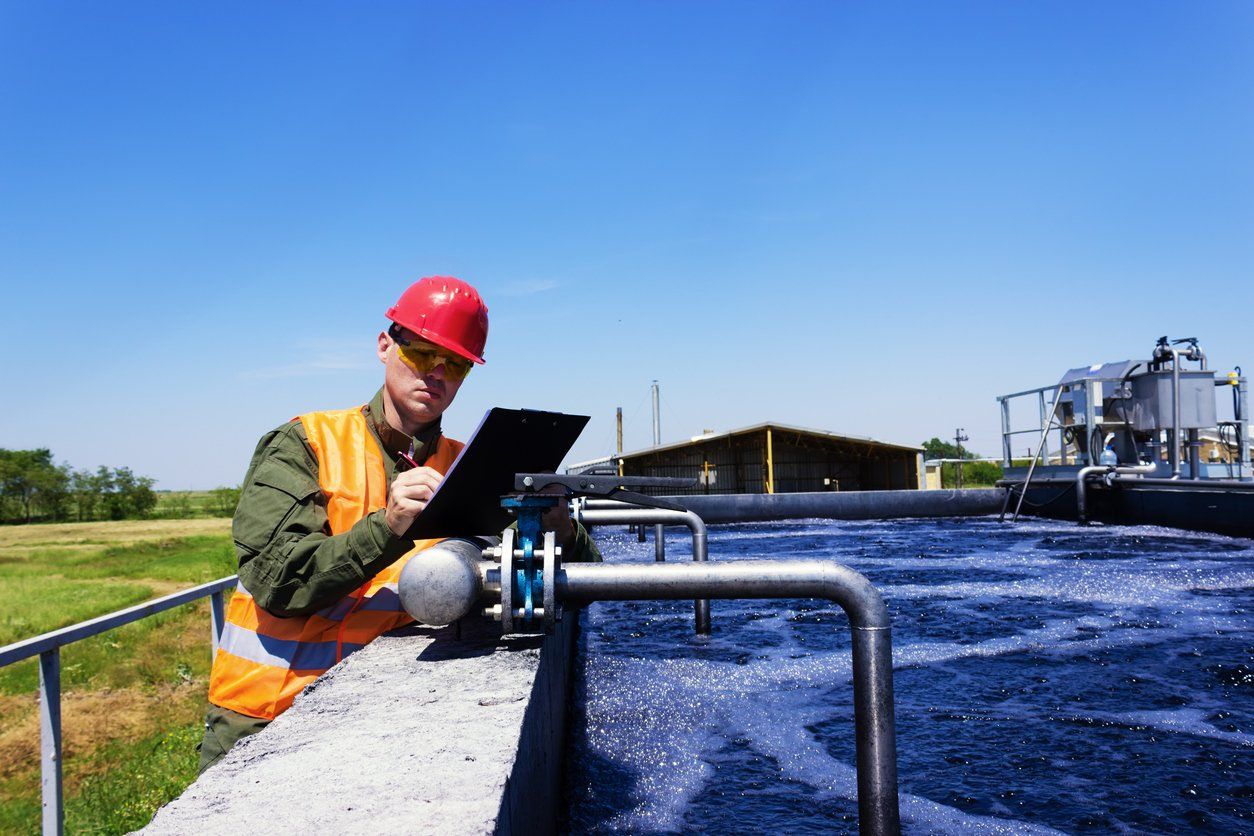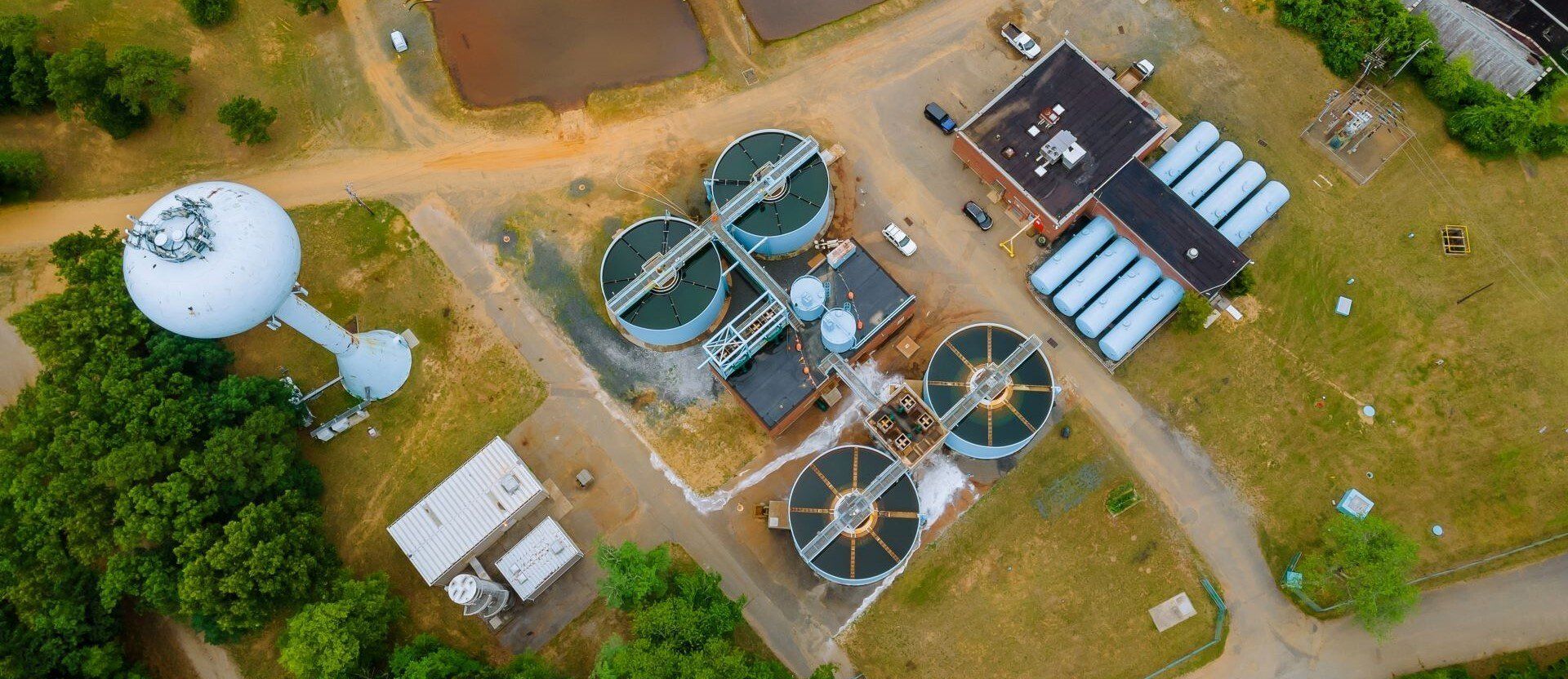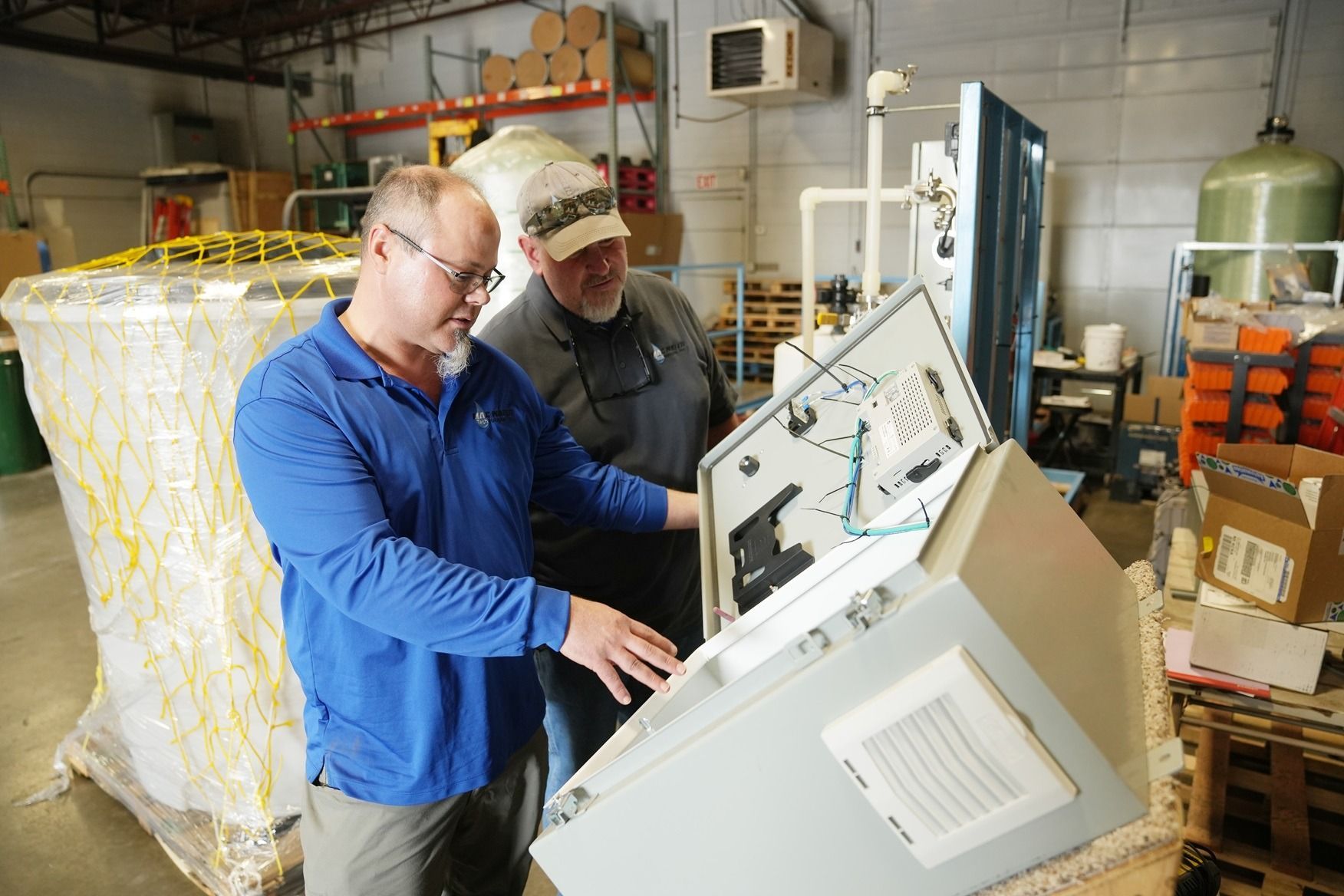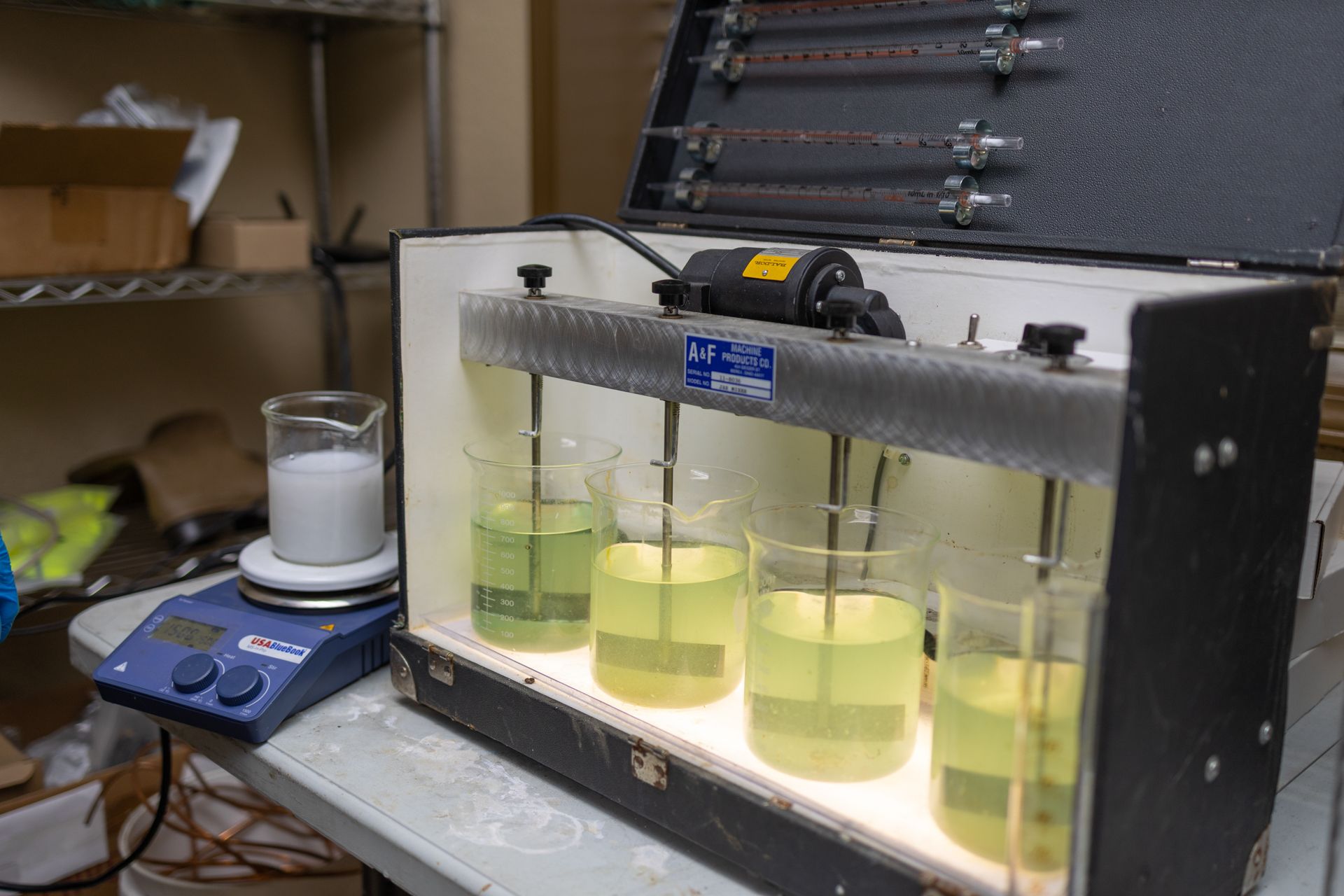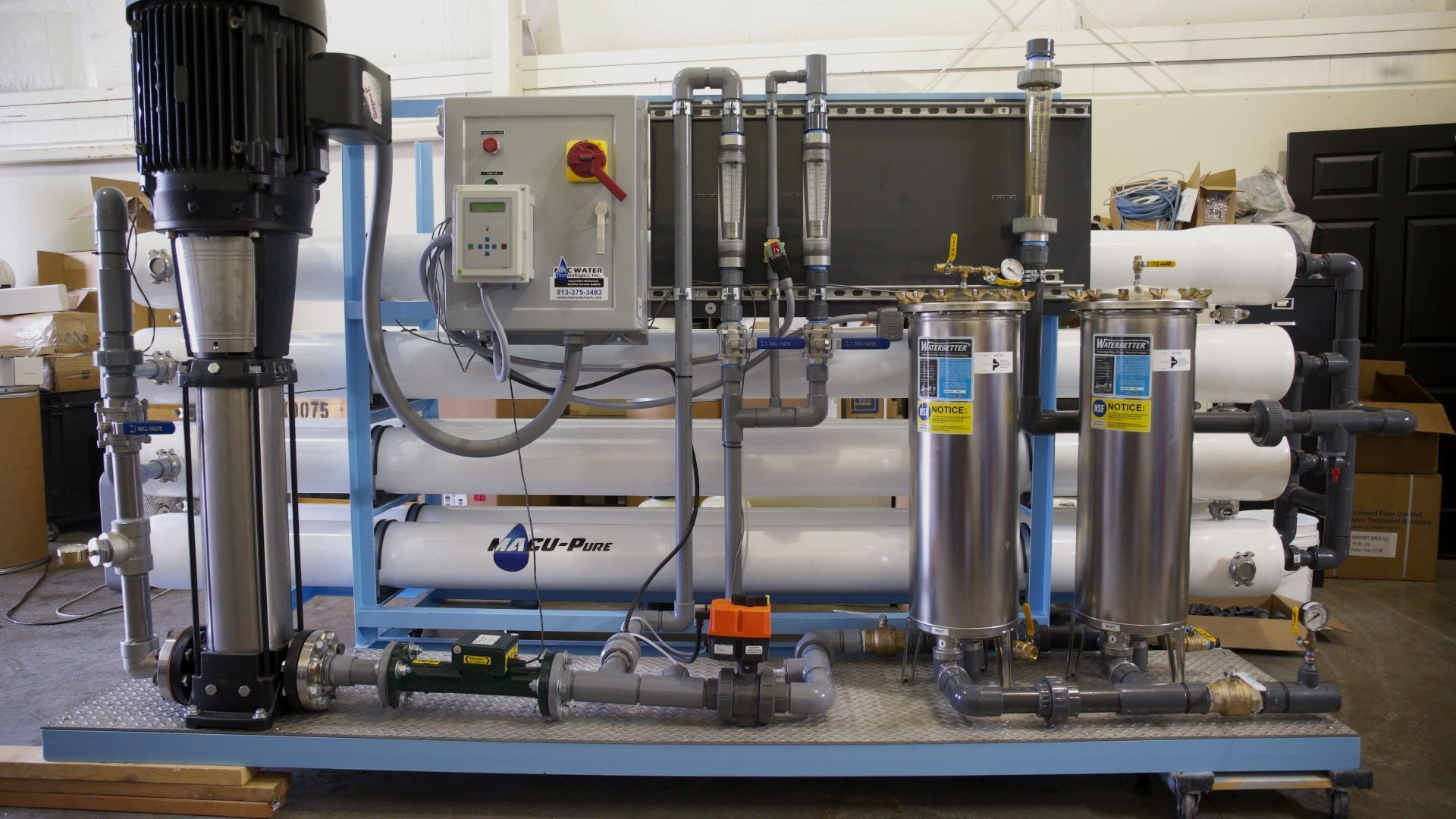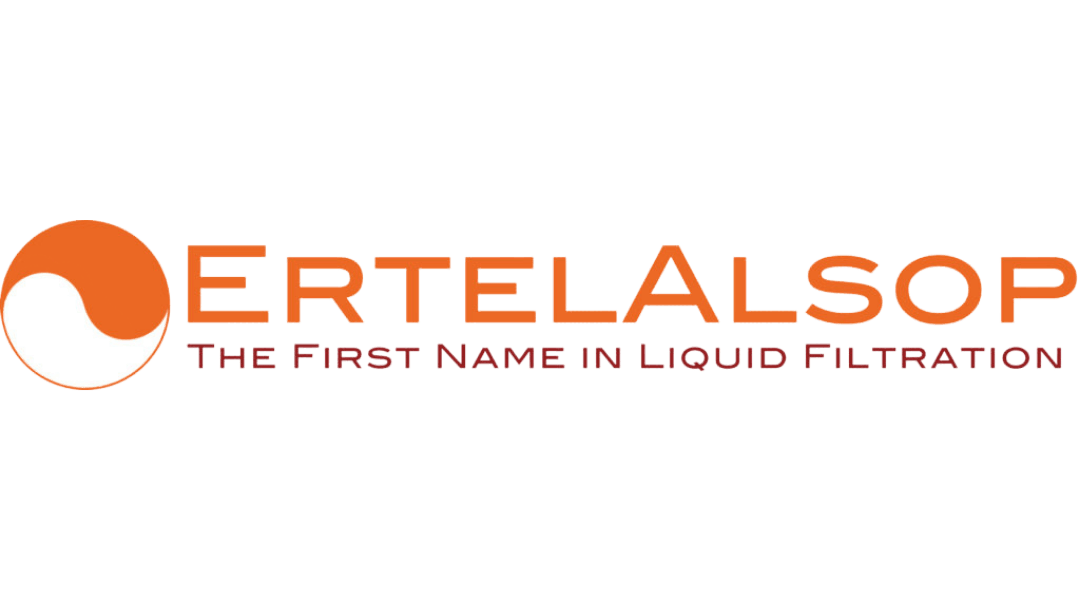What is Defoamer used for and how does it Work?
Foam can be a pesky problem in wastewater treatment, causing operational inefficiencies, equipment damage, and compliance issues. If you've ever wondered what defoamers are and why they are used, you've come to the right place. Our team at MAC Water has been receiving a lot of questions lately about defoamers and want to shed some light on when using a defoamer may be necessary and how defoamers work.
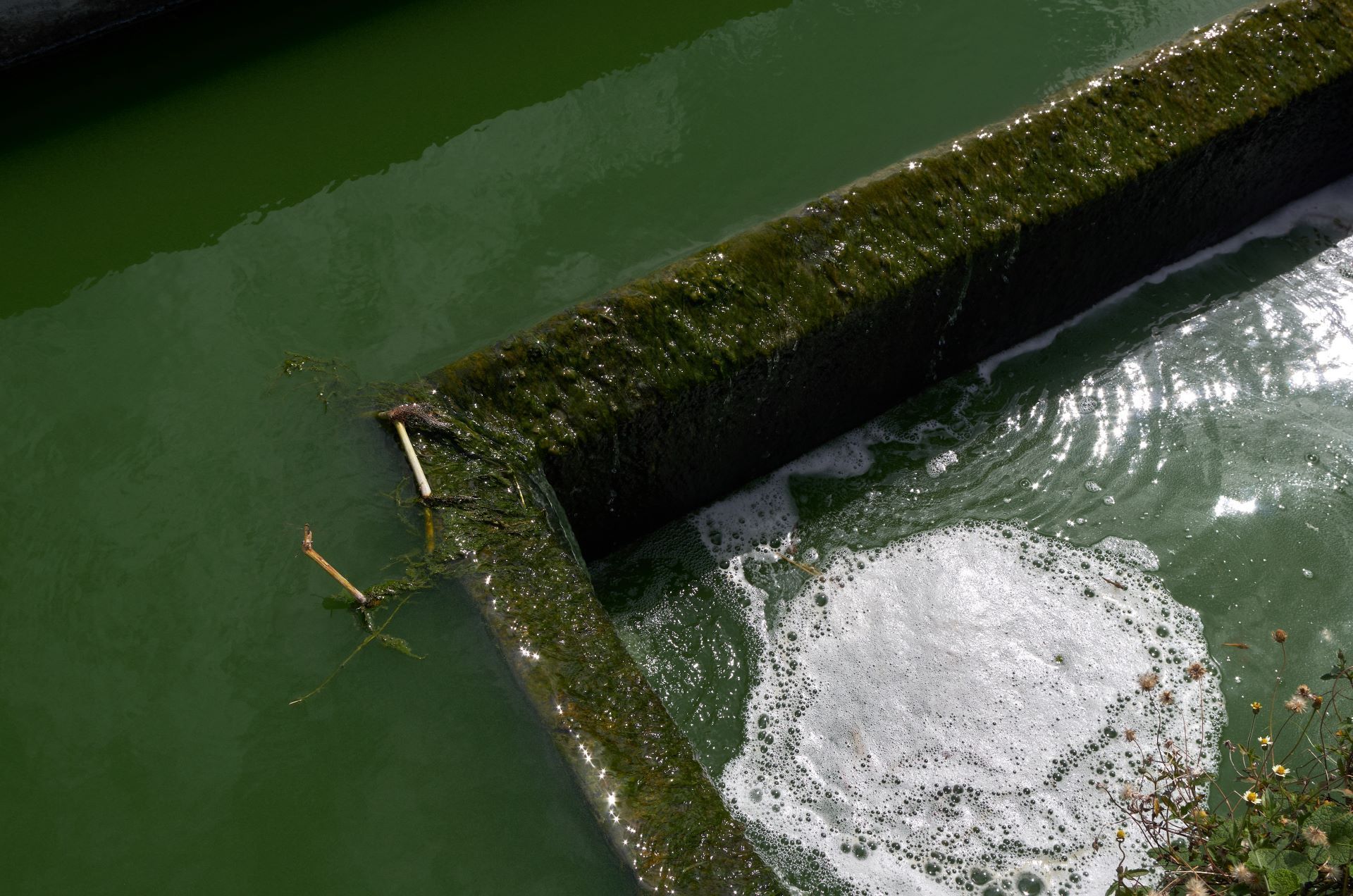
Understanding the Challenges of Foam in Wastewater Treatment
Wastewater treatment plants often encounter foam due to a variety of factors, such as the presence of surfactants, organic matter, or agitation in the treatment process. Foam not only hinders the smooth operation of equipment but also reduces the effective capacity of treatment units. Excessive foam can overflow from tanks, interfere with the separation of solids and liquids, and cause disruptions throughout the treatment system.
Foam can create difficulties in clarifiers, aeration tanks, and even in final effluent discharge. It can impair the accuracy of level measurements, lead to inconsistent chemical dosing, and compromise the efficiency of biological processes. Other issues include:
- Pumps can lose prime
- Cause cavitation in pumps
- Cause sensors to not read correctly
- Make a HUGE mess by foaming over tanks and basins
- Cause odor
- Cause solids to float
How Do Defoamers Work?
Defoamers, as the name suggests, are chemicals designed to eliminate or prevent foam formation. They are formulated to break down foam bubbles and reduce surface tension, ultimately suppressing foam formation and allowing for smoother operation in water treatment systems.
Defoamers work by either destabilizing foam bubbles, preventing their formation, or collapsing existing foam. They contain active ingredients that have defoaming properties, such as silicone compounds or mineral oils. When added to the foam-affected area, defoamers quickly spread over the surface, disrupting the foam structure and causing the bubbles to burst.
There are many different types of defoamers out there, but the two main types we use at MAC Water are:
- Silicone based defoamers for cooling systems and general applications.
- Polyglycol high temperature defoamers for boilers.
It's important to note that defoamers are typically designed to work on specific types of foam. Factors such as pH, temperature, and chemical composition can influence the effectiveness of a defoamer. Therefore, it is crucial to select the appropriate defoamer that matches the specific foam-related challenges in your treatment processes.
Common Applications of Defoamers
Defoamers find extensive use in a wide range of industries and processes where foam control is essential:
Wastewater Treatment Plants
One of the primary applications of defoamers is in wastewater treatment plants. These facilities often encounter foam in various treatment stages, including aeration tanks, clarifiers, and sludge processing units.
Industrial Processes
Defoamers are widely used in various industrial processes where foam can hinder productivity and compromise product quality. Industries such as chemical manufacturing, pharmaceuticals, textiles, and oil refining often rely on defoamers to control foam formation.
Food and Beverage Production
In the food and beverage industry, foam can be a common occurrence during various production processes, such as fermentation, mixing, and bottling.
Paper and Pulp Industry
Foam is a significant concern in the paper and pulp industry, where it can interfere with the efficiency of pulping, paper machine operations, and wastewater treatment associated with these processes.
Cooling Towers
Cooling towers are essential in many industries for heat dissipation and maintaining optimal process temperatures. However, the recirculating water in cooling towers is prone to foaming, which can impair heat transfer and reduce cooling efficiency.
Need Help With Your Defoaming Process?
If you should need assistance in determining what defoamer is right for you please contact us. Our team of engineers is here to help guide you through the wild world of defoamers. Remember, a little goes a long way with chemical defoamers!

